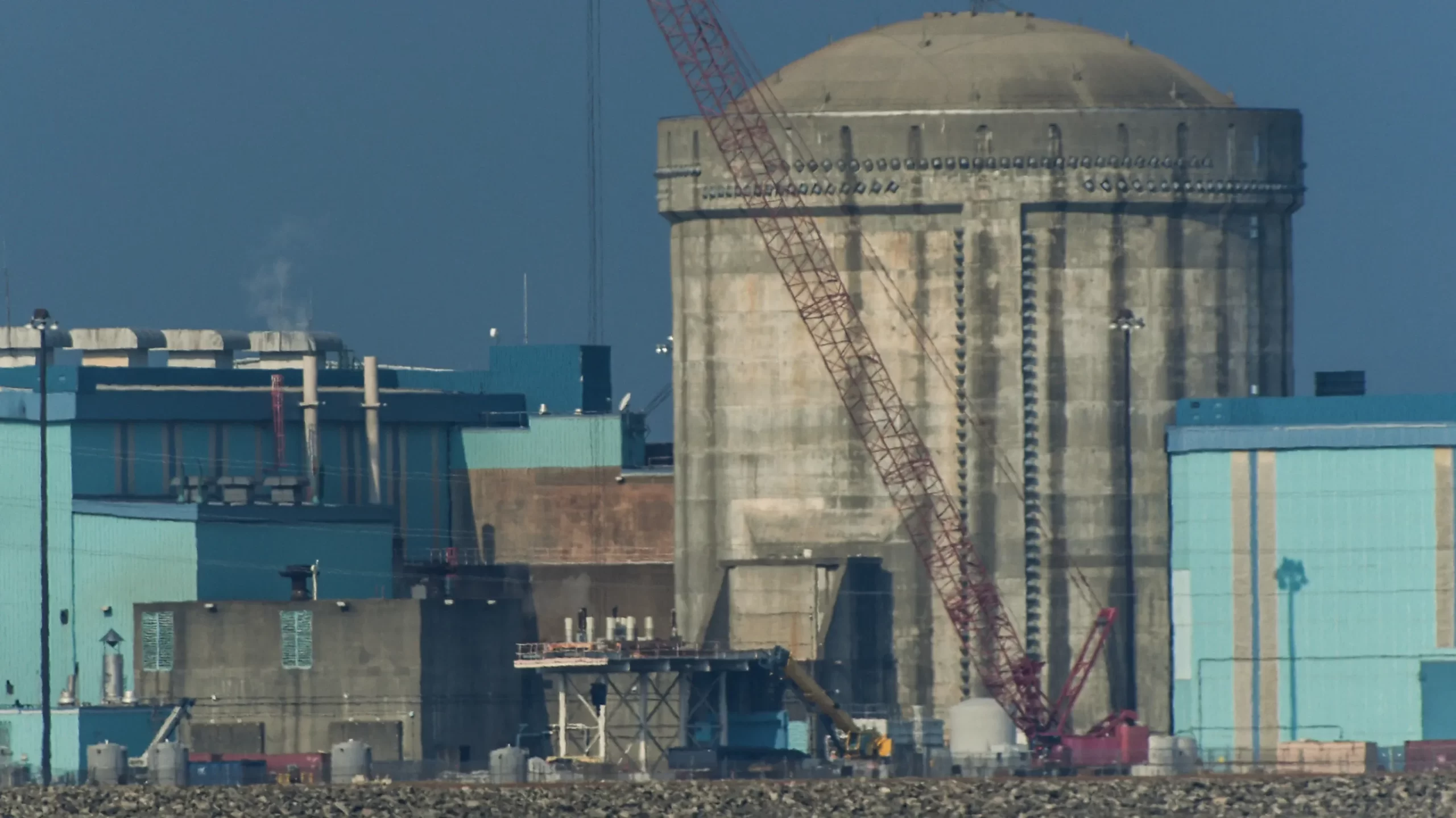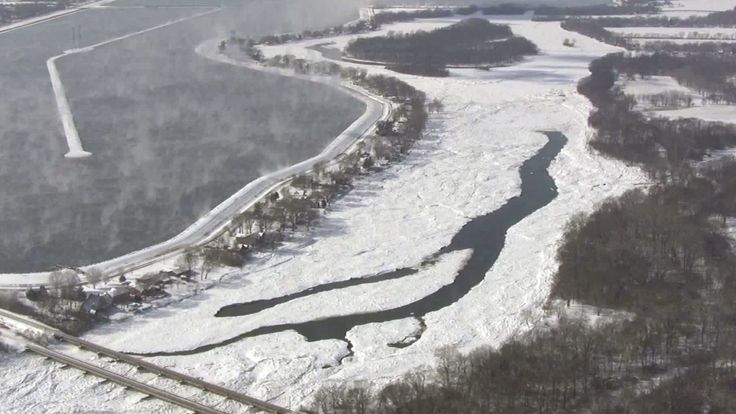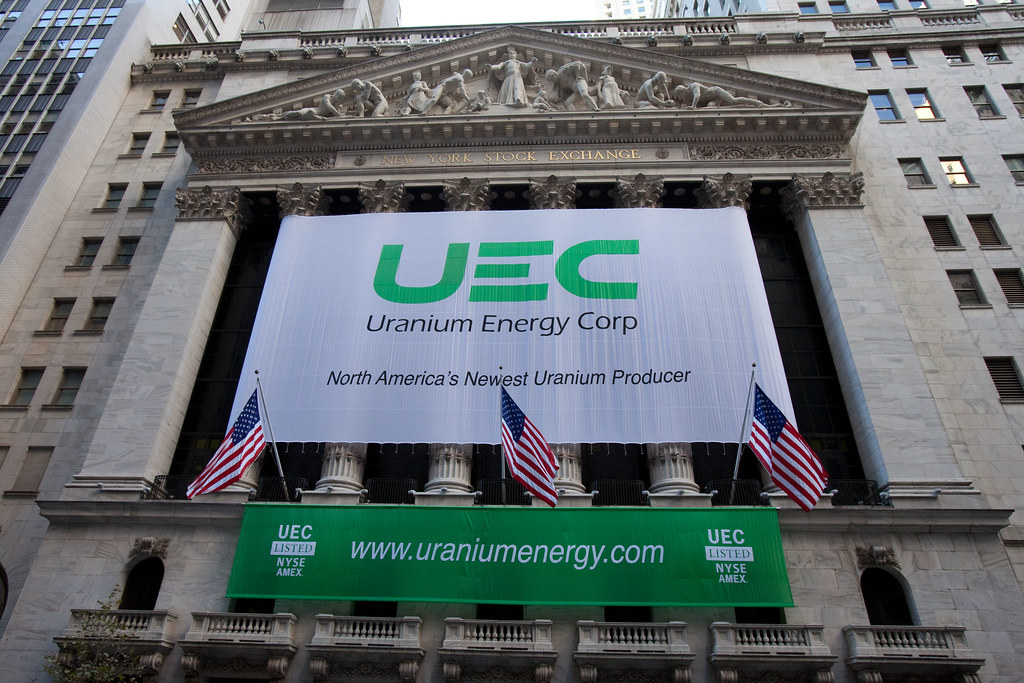
The V.C. Summer Nuclear Station in South Carolina has cracks in its backup emergency fuel line, and federal authorities have lowered their warning level. When owner and operator Dominion Energy demonstrated that the generator could run successfully for six hours in an emergency, the U.S. Nuclear Regulatory Commission (NRC) reduced its initial “yellow” warning from October to a final “white” warning. This demonstration allayed fears expressed by the NRC, which had been concerned that the plant’s capacity to cool down its reactors in the event of a power outage had been jeopardized by fractures and leaks found at least five times in the previous 20 years.
The generator is underperforming but still hitting important key performance indicators, according to the new “white” grade. Even though there was no imminent risk, the NRC stressed the importance of ongoing monitoring and enhancements to the plant’s corrective action procedure. Using a steam generator, pressurized water heated by uranium fuel powers the V.C. Summer Nuclear Station. The cooling water condenses the steam, which restarts the system, and the resultant steam drives a turbine to produce energy.
The V.C. Summer Nuclear Station is a nuclear power plant located in Fairfield County, South Carolina, northwest of the state capital, Columbia. The facility is situated on Lake Monticello, and its construction and operation have been significant to South Carolina’s energy landscape.
The V.C. Summer Nuclear Station was planned in the early 1970s, and work on the project got underway in the late 1970s. The plant was named after Virgil C. Summer, a former chairman of South Carolina Electric & Gas (SCE&G), which played a major role in the project. The original design included the construction of two pressurized water reactors (PWRs), Units 2 and 3, to complement the existing Unit 1 reactor at the site.
The majority owner of the V.C. Summer Nuclear Station was SCE&G, a division of SCANA Corporation. However, SCANA looked for new partners because of financial difficulties and doubts about the project’s completion. South Carolina’s state-owned electric and water company, Santee Cooper, acquired a minority stake in the project in 2008.







